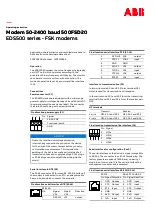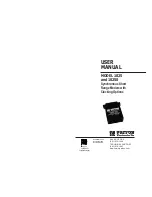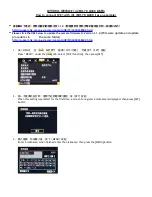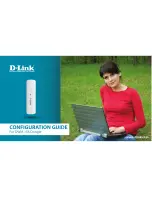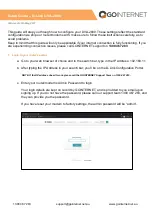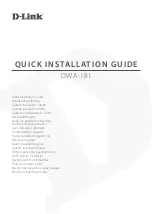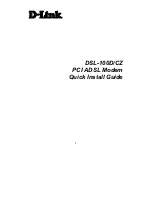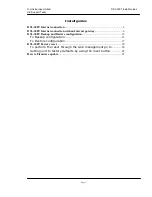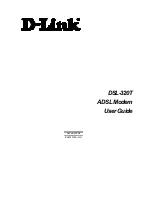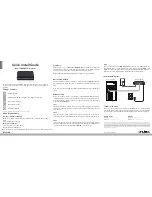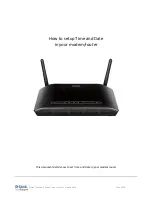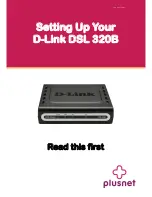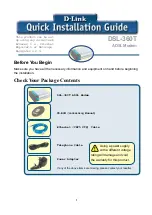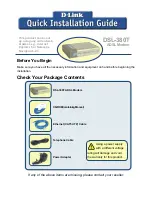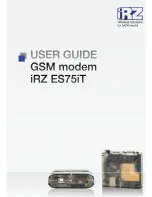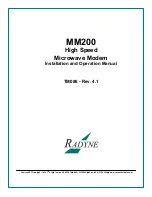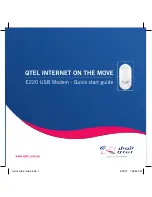
11
Configuring DIP switch S1
Switches S1-1 through S1-8 are used to configure clocking modes and
line coding. Default settings of the switches are shown in Table 1.
Descriptions of the switch options follow the table.
Switch S1-1: Line Coding Options.
Use switches S1-1 to determine
the line coding of the network interface ports. The setting should be
HDB3
if your unit is an1194/E1,
B8ZS
if your unit is an 1194/T1, or
AMI
(common to both T1 and E1 technologies) The line coding must be the
same line coding prescribed by the network access provider (NAP). Most
applications will use HDB3.
•
Alternate Mark Inversion (AMI
): AMI defines a pulse as a “mark,” a
binary one, as opposed to a zero. In an E1 Network connection, sig-
nals are transmitted as a sequence of ones and zeros. Ones are sent
as pulses, and zeros are sent as spaces, i.e., no pulse. Every other
pulse is inverted from the previous pulse in polarity, so that the signal
can be effectively transmitted. This means, however, that a long
sequence of zeros in the data stream will cause problems, since the
modem receiving the signal relies on the signal to recover the clock. If
you must use AMI, ensure that the data terminal equipment connected
to the unit provides a minimally acceptable pulse density. AMI coding
does not inherently account for ones density. To meet this requirement,
ensure that the data inherently meets pulse density.
•
High Density Bipolar 3 (HDB3
): In HDB3 coding, the transmitter
deliberately inserts a bipolar violation when excessive zeros in the
data stream are detected. The receiver recognizes these special viola-
Table 1:
Switch S1 summary
Position
Function
Default Setting
Selected Option
S1-1
HDB3(E1)/B8ZS(T1) or
AMI Line Coding
OFF
HDB3(E1)/
B8ZS(T1)
S1-2
S1-3
T1 Line Buildout
T1 Line Buildout
ON
ON
0 dB
S1-4
Reserved
S1-5
Reserved
S1-6
Clock Mode
OFF
Network
S1-7
ON
S1-8
Reserved
S1-1
Setting
ON
AMI
OFF
HDB3 (E1)/B8ZS(T1)

























